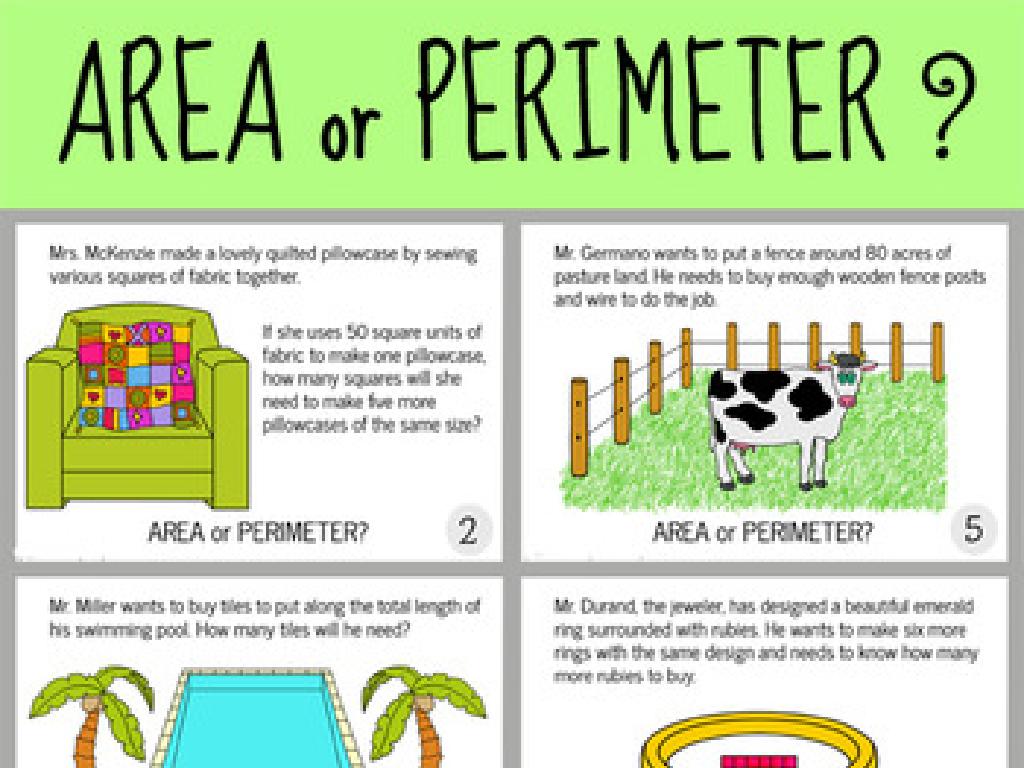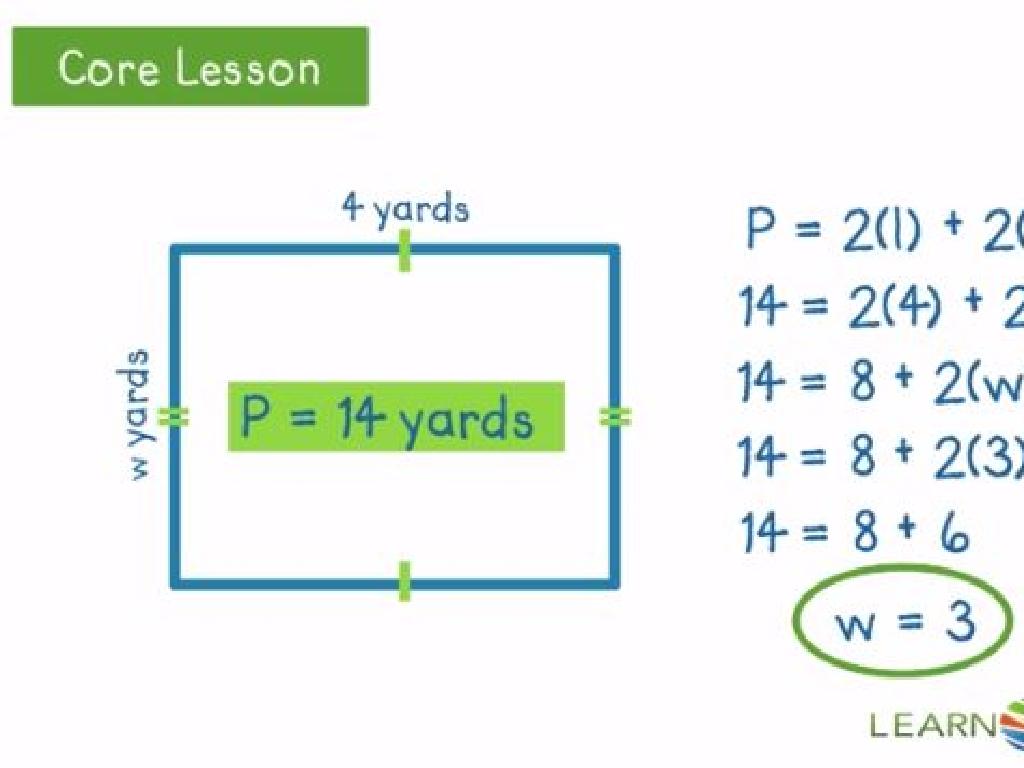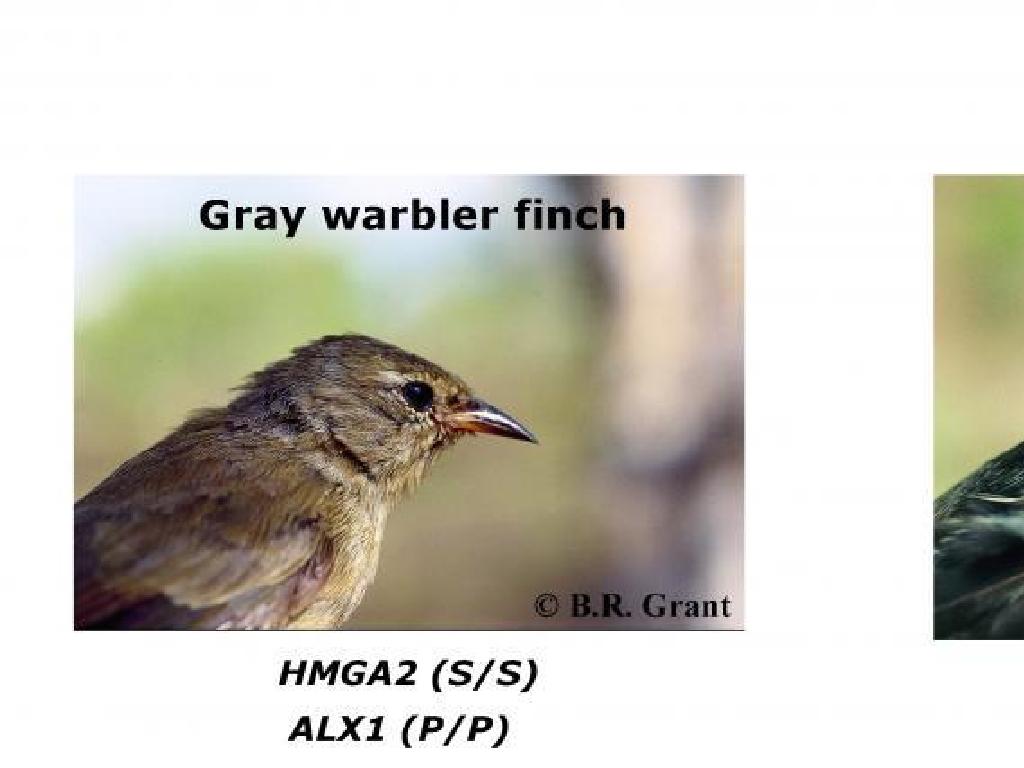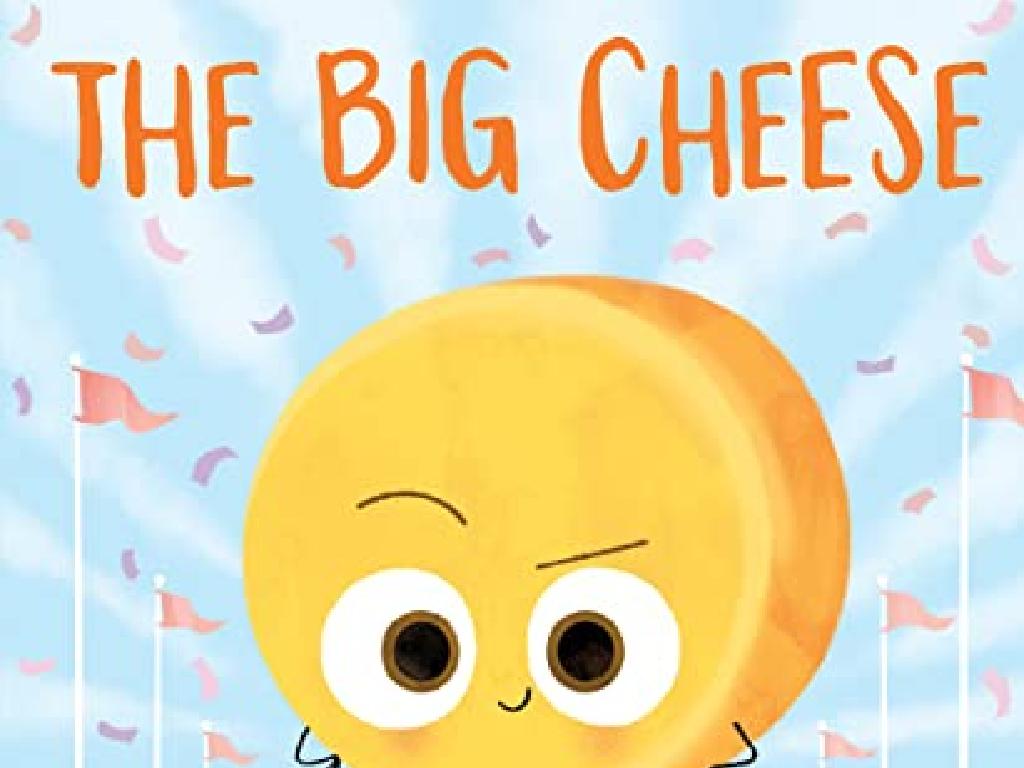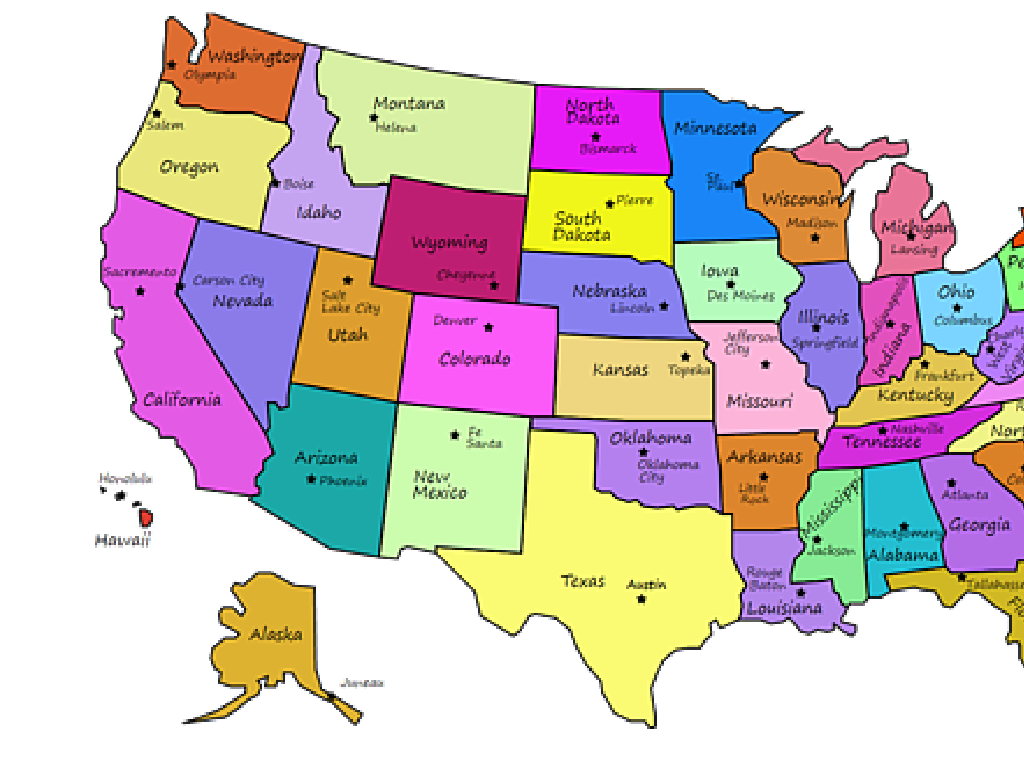Use Dictionary Entries
Subject: Language arts
Grade: Fifth grade
Topic: Reference Skills
Please LOG IN to download the presentation. Access is available to registered users only.
View More Content
Introduction to Dictionaries
– What is a Dictionary?
– A book or electronic resource with words in alphabetical order, providing meanings, pronunciations, and more.
– Purposes of Dictionaries
– We use them to understand word meanings, correct spelling, pronunciation, and word usage.
– Varieties of Dictionaries
– There are general, language, subject-specific, and children’s dictionaries.
– Exploring Dictionary Entries
|
Begin the lesson by explaining what a dictionary is and its role as a reference tool. Emphasize that dictionaries are not just for looking up unknown words but also for learning about correct spelling, pronunciation, and proper usage. Highlight the different types of dictionaries available, such as general dictionaries for everyday use, language dictionaries for translation, subject-specific dictionaries for fields like science or law, and children’s dictionaries with simpler language and illustrations. Encourage students to explore dictionary entries and understand the various parts, including word forms, definitions, and example sentences. This foundational knowledge will help them become more independent in their learning and improve their language skills.
Exploring Dictionary Entries
– Guide words: Top of the page
– They show the first and last words on a dictionary page.
– Entry words: Listed alphabetically
– Main words you look up, in bold or a different color.
– Word forms: Variations of words
– Includes past tense, plural forms, etc.
– Definitions: Meanings explained
– Clear, simple explanations of what entry words mean.
|
This slide introduces students to the essential parts of a dictionary entry, which is a key reference skill in language arts. Guide words help quickly locate words; they are found at the top of dictionary pages. Entry words are the words being defined, and they are typically set apart by bold type or color. Word forms show different versions of the entry word, such as past tense or plural forms. Definitions provide the meanings of words in an easy-to-understand way. Encourage students to use dictionaries to look up unfamiliar words, notice the guide words, find the entry word, identify its forms, read the definition, and check the pronunciation and example sentences if available. This will enhance their vocabulary and understanding of language structure.
Mastering Dictionary Skills
– Alphabetical order and guide words
– Use guide words at the top to find words quickly.
– Locating the entry word
– The entry word is in bold; it’s the word you’re defining.
– Comprehending the definition
– Read the definition to understand the word’s meaning.
– Deciphering pronunciation symbols
– Pronunciation symbols help you say the word correctly.
|
This slide is aimed at teaching students how to effectively use a dictionary. Start by explaining the importance of alphabetical order and how guide words can help them navigate quickly to the section they need. Emphasize that the entry word, usually in bold, is the word they are looking up and that it’s followed by its definition, which explains the meaning. Lastly, discuss the pronunciation symbols, which are a set of symbols that show how to pronounce the word correctly. Provide examples of each step using a dictionary during the lesson to ensure students understand each part of the process.
Understanding Dictionary Entries
– Identify parts of speech
– Every word is categorized, like noun, verb, or adjective
– Explore multiple meanings
– Some words have more than one meaning; context is key
– Learn synonyms and antonyms
– Find words with similar or opposite meanings
– Discover word origins
– Etymology tells us the history of a word
|
This slide aims to help students understand the different components of a dictionary entry. Start by explaining that every word belongs to a part of speech, which tells us how the word functions in a sentence. Then, discuss how some words can have multiple meanings and how to use context to figure out the correct one. Introduce synonyms and antonyms as a way to expand vocabulary and understand the nuances of word meanings. Finally, touch on etymology, which provides insight into the origin and historical development of a word. Encourage students to use these elements to fully understand and use new words they encounter.
Practice Time: Exploring the Dictionary
– Let’s look up words together
– Identify dictionary entry parts
– Parts include the word, pronunciation, part of speech, definitions, and sometimes an example sentence.
– Discuss word meanings and usage
– Some words have multiple meanings; usage can depend on context.
– Engage with interactive examples
– We’ll use sample words and discover their meanings as a class.
|
This slide is designed for an interactive class activity where students will practice using a dictionary. Start by selecting a word and looking it up together, showing students how to navigate a dictionary. Discuss the different parts of a dictionary entry, including pronunciation guides, word origins, and different definitions. Highlight how some words can have multiple meanings and how context determines the correct usage. Provide several examples and encourage students to participate by choosing words to look up and share their findings. This activity will help students become more familiar with dictionary use and enhance their vocabulary and reference skills.
Dictionary Scavenger Hunt
– Learn to use guide words
– Guide words at the top help you search
– Discover and learn new words
– Find words you’ve never seen before
– Understand word meanings
– Use the dictionary to find what words mean
– Share finds with classmates
– Pick the most interesting word to tell the class about
|
This slide introduces a fun and interactive class activity aimed at enhancing students’ dictionary skills. Guide words are located at the top of dictionary pages and are used to help locate words; they are the first and last words on a page. Encourage students to find words they are unfamiliar with and use the dictionary to learn their meanings. This activity will not only expand their vocabulary but also teach them how to navigate a dictionary effectively. After the hunt, students will have the opportunity to share their interesting finds with the class, promoting engagement and learning from each other. Provide guidance on how to choose words and encourage them to think about why a word might be interesting or important.
Class Activity: Craft Your Dictionary Entry
– Select a favorite word
– Write a dictionary-style entry
– Include pronunciation and part of speech
– How is the word pronounced? Is it a noun, verb, adjective?
– Add definition and example sentence
– What does the word mean? Use it in a sentence.
|
This activity is designed to engage students with vocabulary by having them create their own dictionary entries. It will help them understand the components of a dictionary entry and the importance of each part. Teachers should guide students to choose words they’re curious about or enjoy. They can then craft a full dictionary entry, including the word’s pronunciation (using phonetic spelling), part of speech (noun, verb, adjective, etc.), a clear and concise definition, and an example sentence showing how the word is used in context. Encourage creativity and accuracy. Possible variations of the activity could include creating entries for made-up words, illustrating the word, or even creating entries for their names. This exercise will enhance their reference skills and deepen their understanding of language.
Conclusion: Mastering Dictionary Skills
– Recap dictionary usage
– Review steps to look up words and their meanings
– Why dictionaries matter
– Dictionaries expand vocabulary and improve reading comprehension
– Engage in Q&A session
– Ask questions about today’s lesson or dictionary facts
|
As we wrap up, revisit the key steps in using a dictionary, emphasizing the alphabetical order, guide words, and parts of a dictionary entry (word, pronunciation, part of speech, definition, and examples). Highlight the importance of dictionary skills for building a strong vocabulary and enhancing reading comprehension. Encourage students to ask any questions they have about using dictionaries or about any words they’ve encountered. Prepare to answer common questions and perhaps have a mini-activity where students can quickly find words in a classroom dictionary to reinforce their skills.

